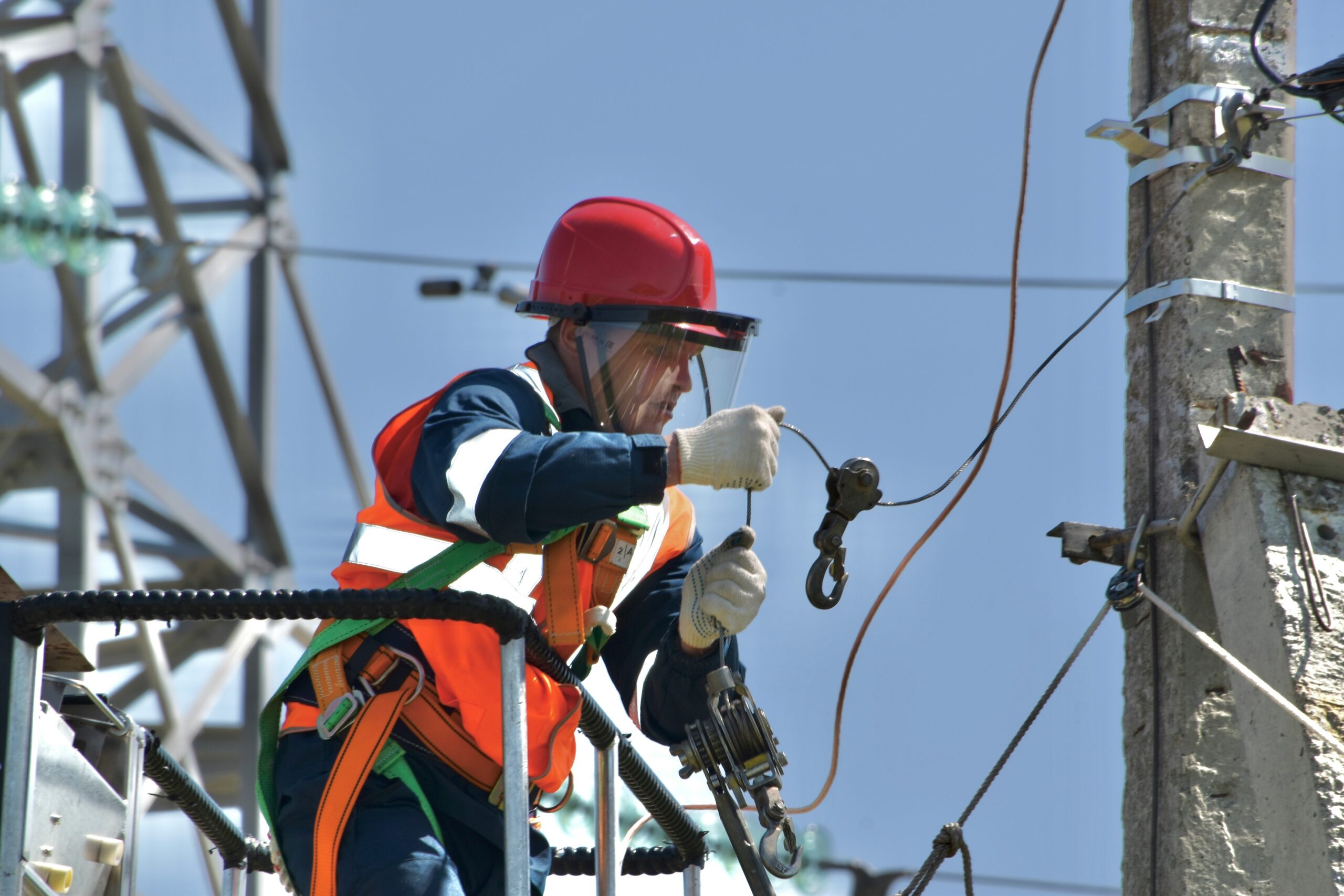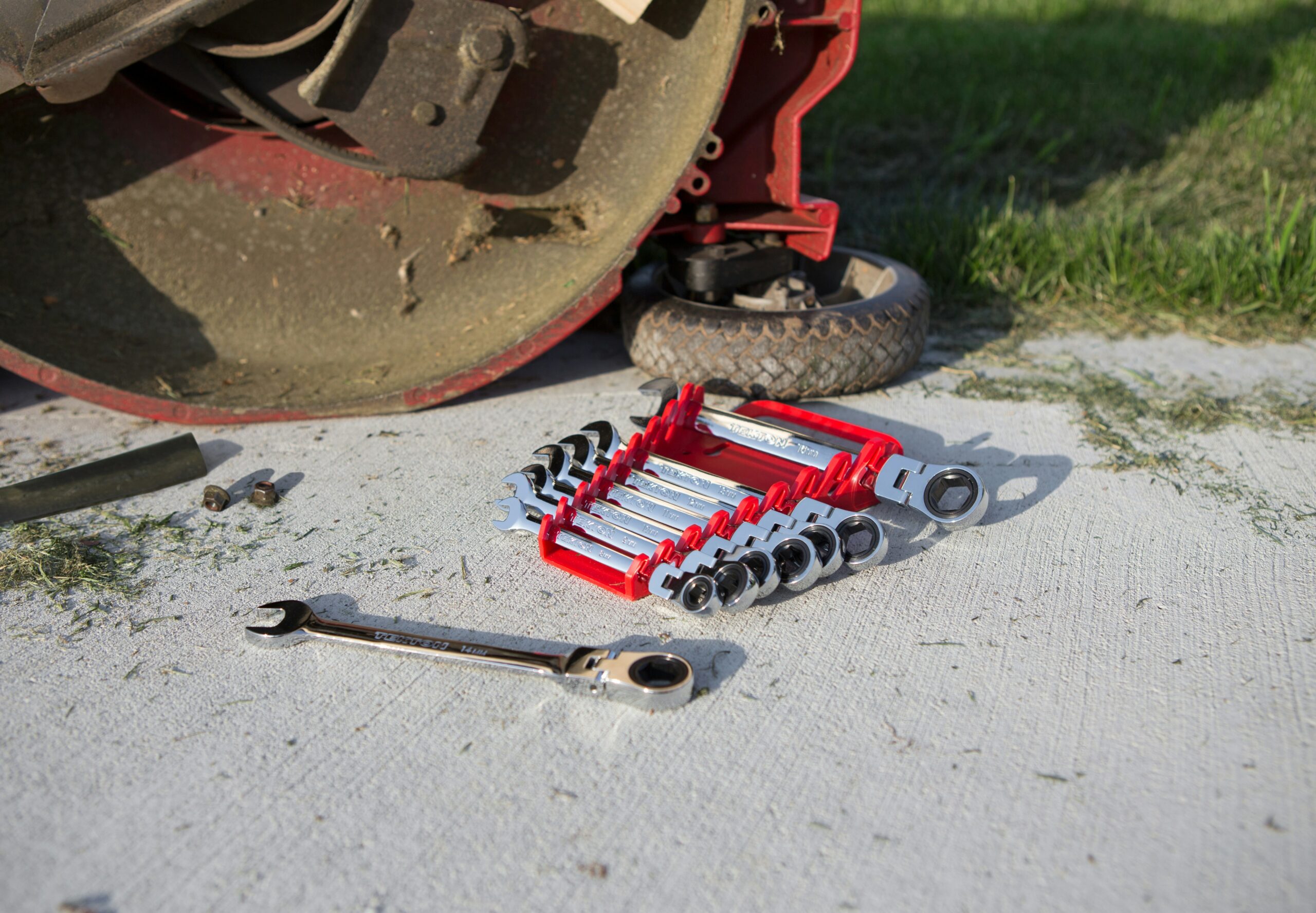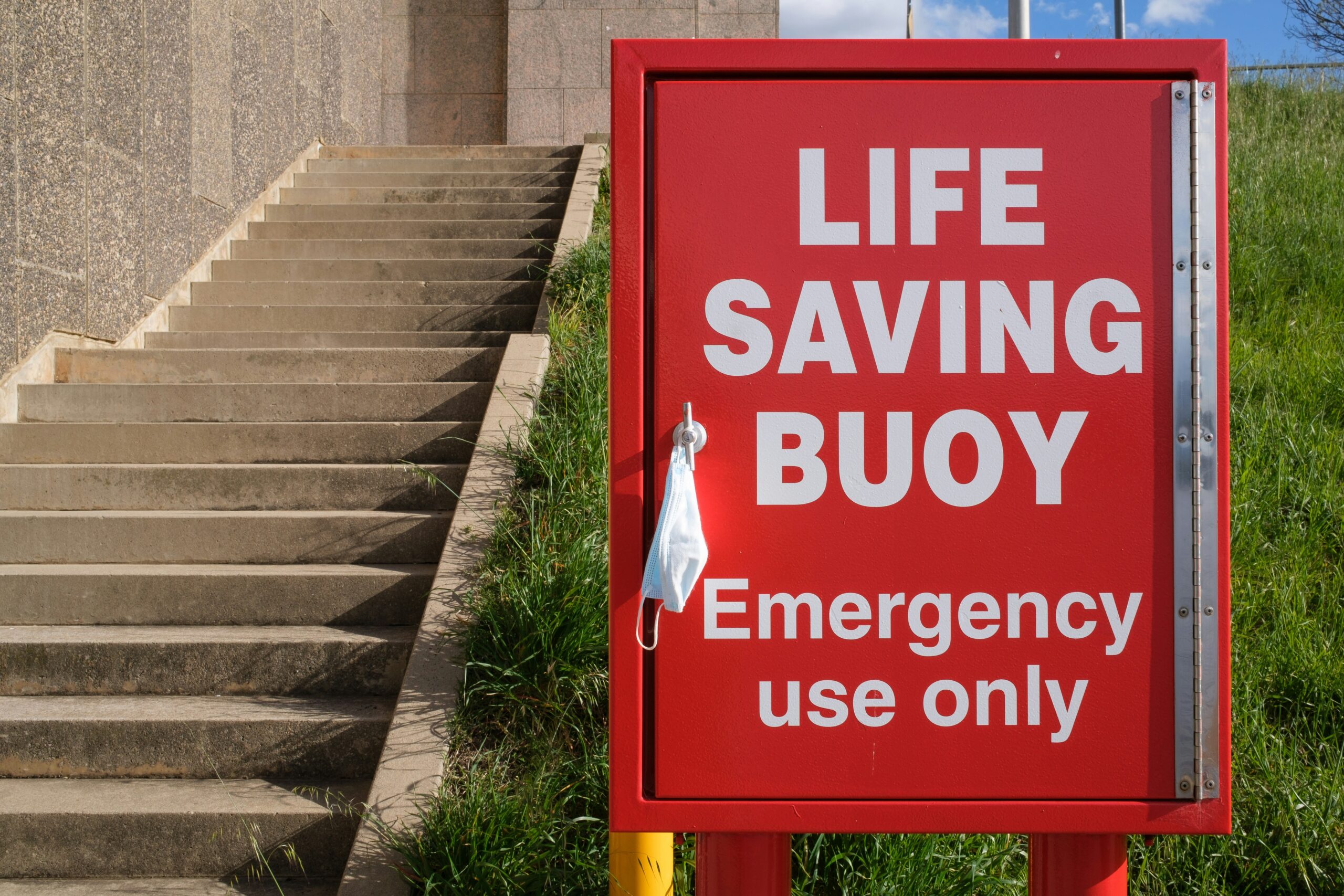Ever been halfway up a cliff and realized your belay device is acting like it’s auditioning for a malfunctioning robot role? Yeah, it’s not fun.
Welcome to the world of emergency belay procedures—your secret weapon when things go sideways on the crag. In this post, we’ll cover all the essentials to keep you safe (and sane) during those heart-stopping moments. Here’s what you’ll learn:
- The problem with over-reliance on climbing equipment
- A step-by-step guide to executing emergency belay techniques
- Tips for choosing reliable gear before disaster strikes
- Real-life examples that make you go “phew”
Table of Contents
- Key Takeaways
- Why Emergency Belay Skills Matter
- Step-by-Step Guide to Emergency Belay Procedures
- Tips for Better Preparedness
- Case Studies from Real Climbers
- FAQs About Emergency Belay Devices
Key Takeaways
- Your life depends on knowing how to use alternative methods if your primary belay device fails.
- Situational awareness can prevent panic-induced errors in emergencies.
- Proper prep minimizes risk—invest time in learning backup techniques.
Why Emergency Belay Skills Matter
If you’ve ever heard someone say, “I’ll just wing it” while dangling off a cliff, they’re asking for trouble. Picture this: I once watched a climber fumble with their ATC because sand had gotten jammed inside. Their partner above yelled encouraging words, but the reality was grim—a stuck belay device could’ve meant catastrophe.

Figure 1: Sand + Belay Device = Total Chaos
Here’s the deal: Technology is awesome until it isn’t. Overconfidence in modern climbing belay devices leads to complacency, which increases risks during unexpected situations. Understanding emergency procedures ensures you’re ready even when Murphy’s Law pays a visit.
Step-by-Step Guide to Emergency Belay Procedures
Optimist You: “This’ll be easy!”
Grumpy You: “Unless you hate gravity too much.”
Step 1: Stay Calm
Panicking only makes it worse. Take three deep breaths while assessing the situation. Ask yourself:
– Is the issue fixable quickly?
– Do I need an alternate method immediately?
Step 2: Assess Your Gear
If your primary belay device fails, switch to your secondary options. If you don’t have one (*tsk tsk*), look around—maybe there’s something useful nearby:
- Munter Hitch: Quick, versatile, and requires only a carabiner.
- Body Belay: Old-school technique using friction against your body (not ideal but functional).
Step 3: Communicate Clearly
Yell up to your climbing buddy: “Switching to Munter!” Then execute without hesitation.

Figure 2: Setting Up a Life-Saving Munter Hitch
Tips for Better Preparedness
To dodge nightmares altogether, here are some proactive tips:
- Practice Makes Perfect: Set aside time at home or on low-risk climbs to test alternative methods.
- Pack Smart: Always carry backups—a spare carabiner or lightweight sling might save your day.
- Inspect Regularly: Check your gear frequently for signs of wear and tear.
Note: Avoid the Terrible Tip™ of “skipping regular checks.” Just… don’t.
Case Studies from Real Climbers
Story Time: Sarah, a seasoned climber, faced her worst nightmare near Yosemite. She’d forgotten her ATC at camp and had to rely solely on a Munter hitch for five pitches. Shaky hands? Oh yeah. But thanks to prior practice, she made it back safely.

Figure 3: Proof That Preparation Saves Lives
FAQs About Emergency Belay Devices
What should I do if my belay device jams mid-climb?
Stay calm, assess whether the issue is minor or major, then decide if switching to a Munter hitch or another method works best.
Can I always count on a Munter hitch as a backup?
Mostly yes—it’s universal and effective. However, ensure you’ve practiced beforehand to avoid rookie mistakes under pressure.
How often should I check my climbing gear?
Monthly inspections are non-negotiable. Post every trip, give everything a quick once-over too.
Conclusion
There you have it—an actionable, no-nonsense guide to mastering emergency belay procedures. Equip yourself with knowledge, prepare thoroughly, and remember: staying alive looks good on everyone.
And hey, next time you’re stuck rigging a Munter hitch, channel your inner MacGyver—because surviving a climbing crisis feels kinda badass. Now excuse me while I go cry into my chalk bag about how stressful heights are.
Random Haiku Alert:
Rope twists, grip tightens,
Gravity whispers temptingly,
But skill triumphs fear.


